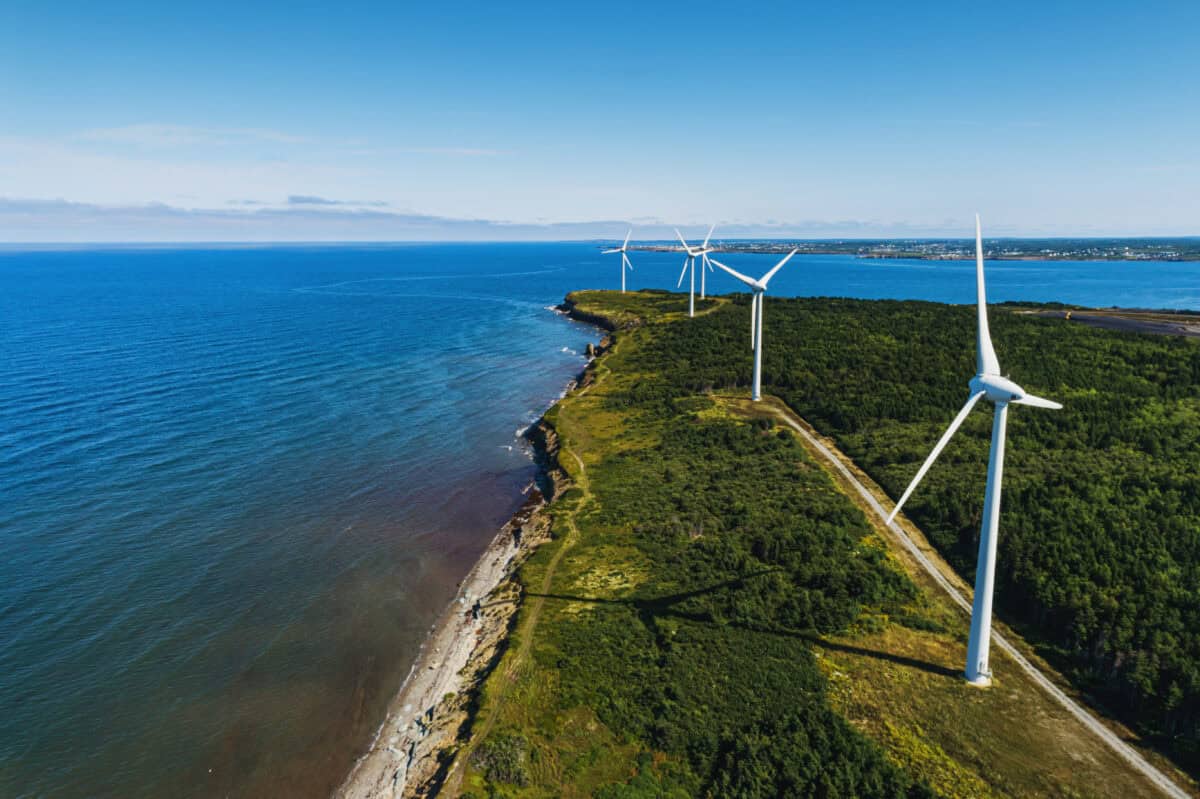The search for top ways to play the renewable energy trade is on. There are plenty of companies around the world built around the thesis that the world is going to need a lot more power in the future. The rise of AI, electric vehicles, and other technologies suggest current power supply isn’t even close to being enough to power our future.
For those willing to take a look at Canada-based stocks in this space, Brookfield Renewable Partners (TSX:BEP.UN) remains a top pick on my list as a way to play this trend. The company is a multi-technology operator and owner of clean energy assets, comprising wind, hydroelectric, solar, and storage facilities in America, Europe, and Asia. It has approximately 21 gigawatts of installed capacity in the region and directly invests in assets.
Here’s why I think Brookfield Renewable is poised for much greater long-term upside, and is a buy at current levels.
Current impact is considerable
Known as one of the best renewable energy stocks in Canada, Brookfield Renewable is truly a behemoth. With a market capitalization of $22 billion, this company has continued to see strong performance. BEP.UN is up more than 22% over the past five years (though the stock is down considerably from its post-pandemic peak).
Flat on a year-over-year basis, Brookfield Renewable’s stock price doesn’t really reflect the company’s impact. As a key player in the renewable energy space, the company has made it its mission to move the world toward an electrified future in as clean a way as possible. Prioritizing its investments in renewable energy projects with strong growth potential, Brookfield Renewable has made it the company’s mission to pass on as much cash flow to shareholders as possible. And with a dividend yield that’s now approaching 6%, it’s clear that this isn’t only a growth play for many – it’s a dividend stock with powerful income-producing potential that should be considered.
Strong fundamentals
The dividends Brookfield Renewable pays aren’t currently covered by the company’s existing earnings. In fact, earnings have been negative over the past year. But that’s not to say the company’s fundamentals are weak. Far from it.
In the second quarter of 2024, Brookfield Renewable brought in $1.5 billion of revenue, with EBITDA coming in at $629 million. Thus, on an operating business, the company continues to perform well. And if Brookfield Renewable can right-size its operating expenses and keep its capital spending plan in line with its expectations, this is a company which should have plenty of operating leverage to utilize moving forward.
The company continues to diversify its business into leading assets in different regions, acquiring stakes in companies like Neoen, which is a market leader in Australia, France, and Nordic countries. Over time, I expect further deals to provide accretive growth to investors, and this recent period of negative earnings should be short-lived.
Bottom line
Brookfield Renewable still has a ways to go to bolster its balance sheet and provide investors with greater confidence in its ability to fund its dividend long-term. But until something truly looks broken, this is a stock with plenty of long-term growth potential I like at its current valuation.








